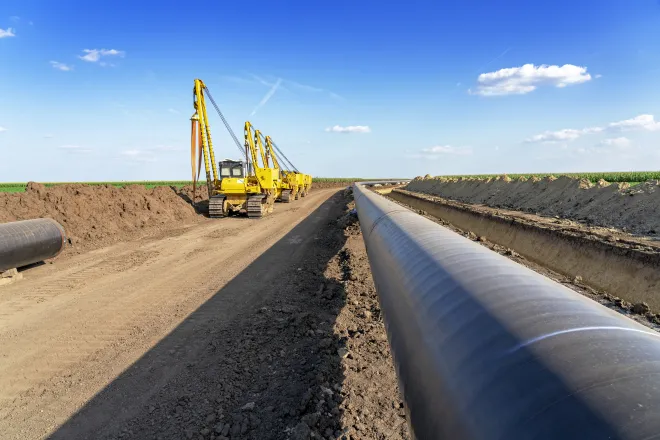
EarthTalk - Would it be good for the planet if we ditched bills and coins completely?
© iStock
Dear EarthTalk:
What percentage of U.S. currency today is actually in dollars and coins versus digital? Would it be good for the planet if we ditched bills and coins completely?
P.L., via email
As the digital transformation of our economy accelerates, it is vital to examine not just the economic ramifications but the environmental impacts associated with both physical and digital currencies.
The physical form of U.S. currency, specifically coins and banknotes, makes up a significant portion of the total currency in circulation today. As of the end of 2020, there was approximately $2.04 trillion worth of U.S. currency in circulation. This amount represented about 50.3 billion individual notes, spanning various denominations from $1 to $100 bills, and the balance coins. In contrast, a substantial portion of the central bank's money supply is in digital form. As of late 2021, digital balances at the Federal Reserve amounted to $4.18 trillion, compared to $2.21 trillion in circulating cash.

© flickrcc - Jonathan Cutrer
The production of physical currency, including coins and bills, involves resource-intensive processes. Mining for metals like zinc and copper is necessary for coin production, while the creation of banknotes often requires paper, which is linked to deforestation and other environmental issues. For example, it now costs more to produce a penny than its face value, underscoring the inefficiency and environmental cost of producing physical currency. As highlighted by Kathiann Kowalski of Science News Explore, "the metals then go to a factory, where copper coats each side of a thicker zinc layer", illustrating the complex and energy-intensive processes involved in minting coins.
Conversely, digital currencies eliminate the need for physical materials used in coins and banknotes. However, the operation of these technologies predominantly depends on electricity generated from fossil fuels, contributing to greenhouse gas emissions and other environmental impacts. The shift toward digital currency systems like Bitcoin has highlighted concerns regarding their sustainability due to the high energy consumption of blockchain technologies and mining processes.
When comparing the environmental impacts of physical and digital currencies, it's apparent that both systems entail significant environmental costs. Physical currencies require extensive raw materials and energy for production and transportation, contributing to pollution and resource depletion. On the other hand, digital currencies, while reducing physical waste, increase the demand for energy, potentially exacerbating carbon emissions unless powered by renewable energy sources.
This all suggests a need for both policy intervention and technological innovation. Policies could encourage the adoption of more sustainable practices in currency production, such as using recycled materials for banknotes or improving the energy efficiency of minting processes. Similarly, innovations in digital currency technologies could help reduce their energy consumption, making them a more sustainable option in the long run.
CONTACTS
- Money and Payments: The U.S. Dollar in the Age of Digital Transformation, https://www.federalreserve.gov/publications/january-2022-cbdc.htm
- How we choose to pay has hidden costs for the planet, https://www.snexplores.org/article/money-currency-plastic-paper-cash-credit-environmental-cost.
EarthTalk® is produced by Roddy Scheer & Doug Moss for the 501(c)3 nonprofit EarthTalk. See more athttps://emagazine.com. To donate, visit https://earthtalk.org. Send questions to: question@earthtalk.org.

















